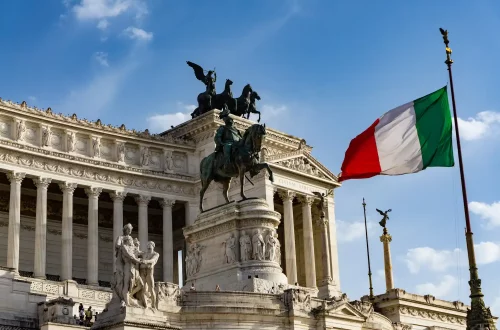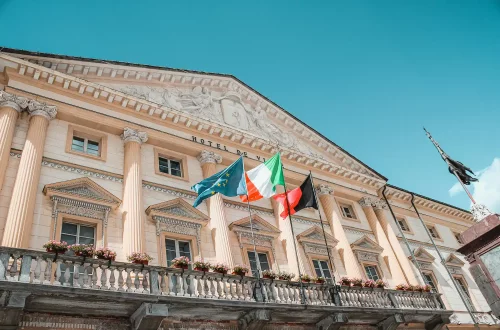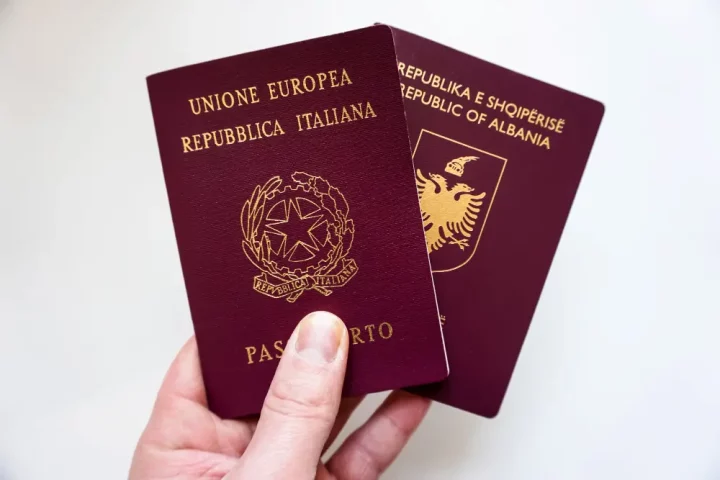Obtaining an Italian passport can open doors to numerous opportunities, including visa-free travel within the European Union and access to various benefits as an EU citizen. This guide provides a comprehensive overview of the process, ensuring you are well-prepared to navigate the application successfully.
Eligibility
To apply for an Italian passport, you must first be an Italian citizen. Citizenship can be acquired through descent (jus sanguinis), marriage, or naturalization (residency). Each pathway has specific requirements:
- Descent: If you have Italian ancestors, you may be eligible for citizenship by descent. This often requires proving an unbroken line of Italian citizenship from your ancestor to you.
- Marriage: Spouses of Italian citizens can apply for citizenship after a certain period of marriage.
- Residency: Non-EU citizens can apply for citizenship after ten years of legal residence in Italy, while EU citizens need four years.
Documentation
Gathering the necessary documents is a crucial step. Here’s a list of what you might need:
- Birth certificate: Your birth certificate and those of your Italian ancestors.
- Marriage certificate: If applicable, your marriage certificate.
- Proof of residency: Documents showing your legal residence in Italy.
- ID and passport photos: Recent passport-sized photos.
- Application forms: Specific forms required by the Italian consulate or embassy.
For more information about Italian citizenship requirements, click on this link.
Proof of Italian ancestry
Proving your Italian ancestry involves obtaining and verifying documents from Italian authorities. This may include:
- Certificates of citizenship: From your Italian ancestors.
- Naturalization records: To show that your ancestors did not renounce their Italian citizenship.
- Apostilles and translations: Official translations and apostilles for non-Italian documents.
Take advantage of specialized assistance to secure your passport for a borderless future.
Passport applicationprocess
Here’s a step-by-step guide to the application process:
- Gather documents: Collect all necessary documents and ensure they are properly translated and apostilled.
- Fill out forms: Complete the required application forms accurately.
- Schedule an appointment: Book an appointment at the nearest Italian consulate or embassy.
- Submit application: Submit your application and documents.
- Pay fees: Pay the applicable fees for processing your application.
Appointment and Interview
Appointments are scheduled through the Prenot@mi system. Here’s what you should do at the appointment:
- Bring originals and copies: Ensure you have both original documents and copies.
- Answer questions: Be prepared to answer questions about your application and background.
- Fingerprinting: You may be required to provide fingerprints.
Costs and Fees
The costs associated with obtaining an Italian passport can vary. Here’s a breakdown:
- Application fee: The fee for processing the passport application.
- Document fees: Costs for obtaining, translating, and apostilling documents.
- Travel costs: If you need to travel to the consulate for your appointment.
Common mistakes and how to avoid them
After acquiring Italian dual citizenship, you are finally able to apply for an Italian passport. While it usually takes a few months to receive your passport, there are steps you can follow to avoid common mistakes and streamline your application process:
- Incomplete forms: Ensure all forms are filled out completely and accurately.
- Missing documents: Double-check that you have all required documents.
- Incorrect translations: Use certified translators for any non-Italian documents.
Additional tips and advice
Here are some extra tips to help you through the process:
- Start early: Begin gathering documents well in advance of your application.
- Stay organized: Keep all your documents and copies organized.
- Seek assistance: Consider hiring professional assistance if you need help with the process.
Obtaining an Italian passport is a detailed process that requires careful preparation and attention to detail. By following this guide, you can ensure that you are well-prepared and informed, making the application process as smooth as possible. Good luck on your journey to becoming an Italian passport holder!
Take advantage of specialized assistance to secure your passport for a borderless future.






